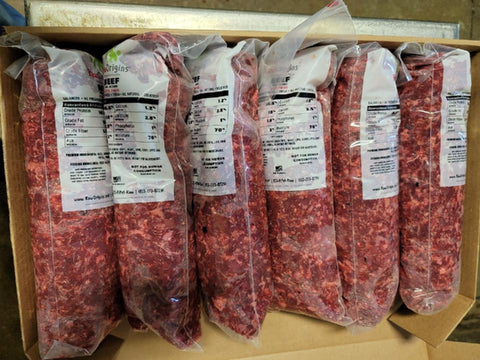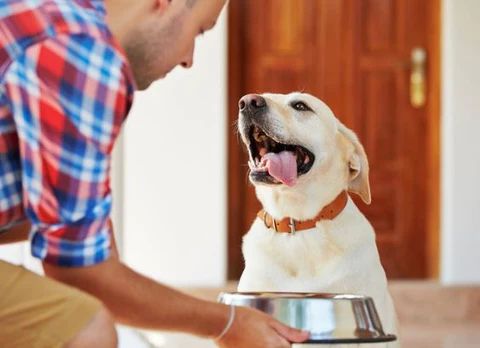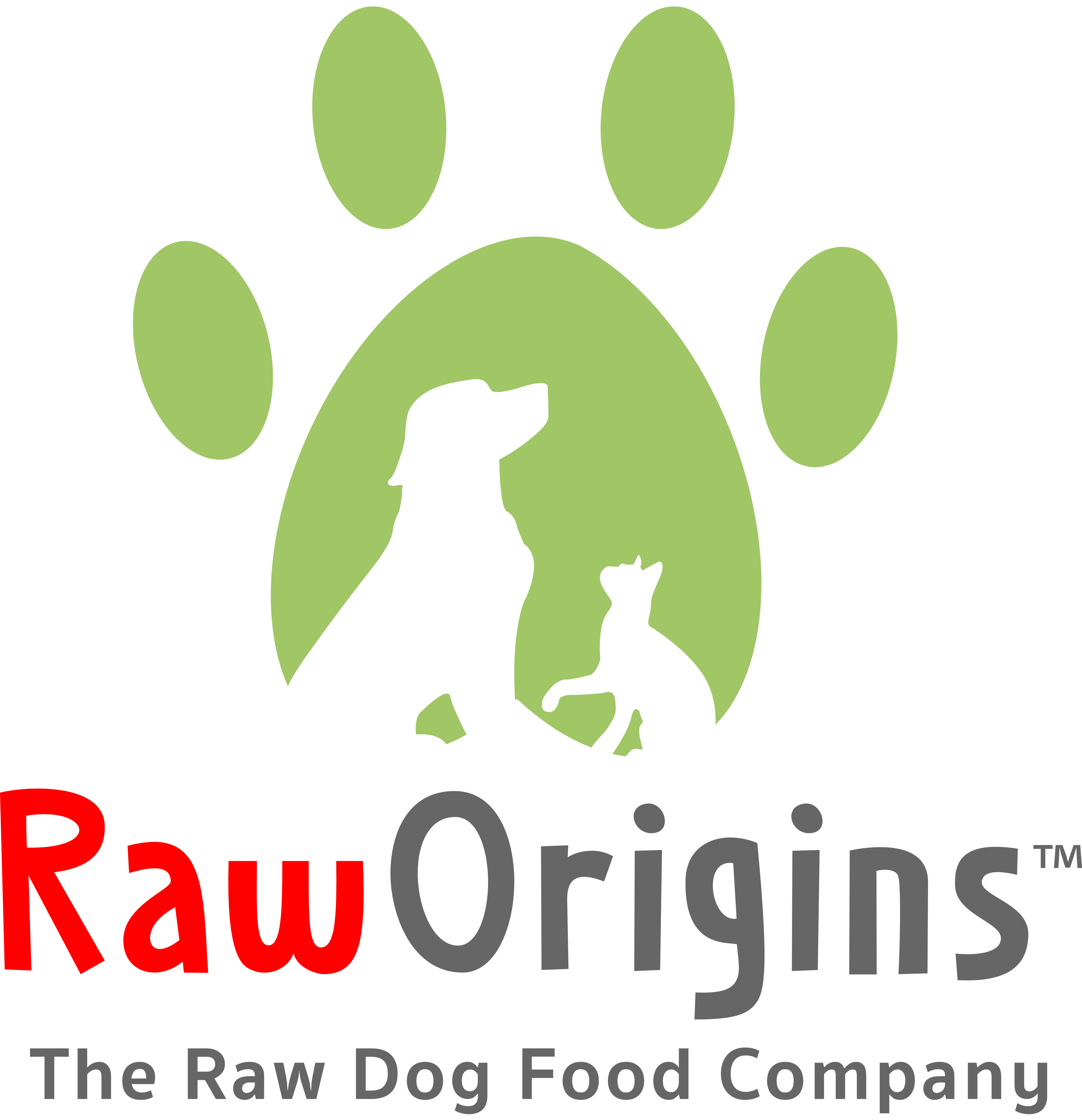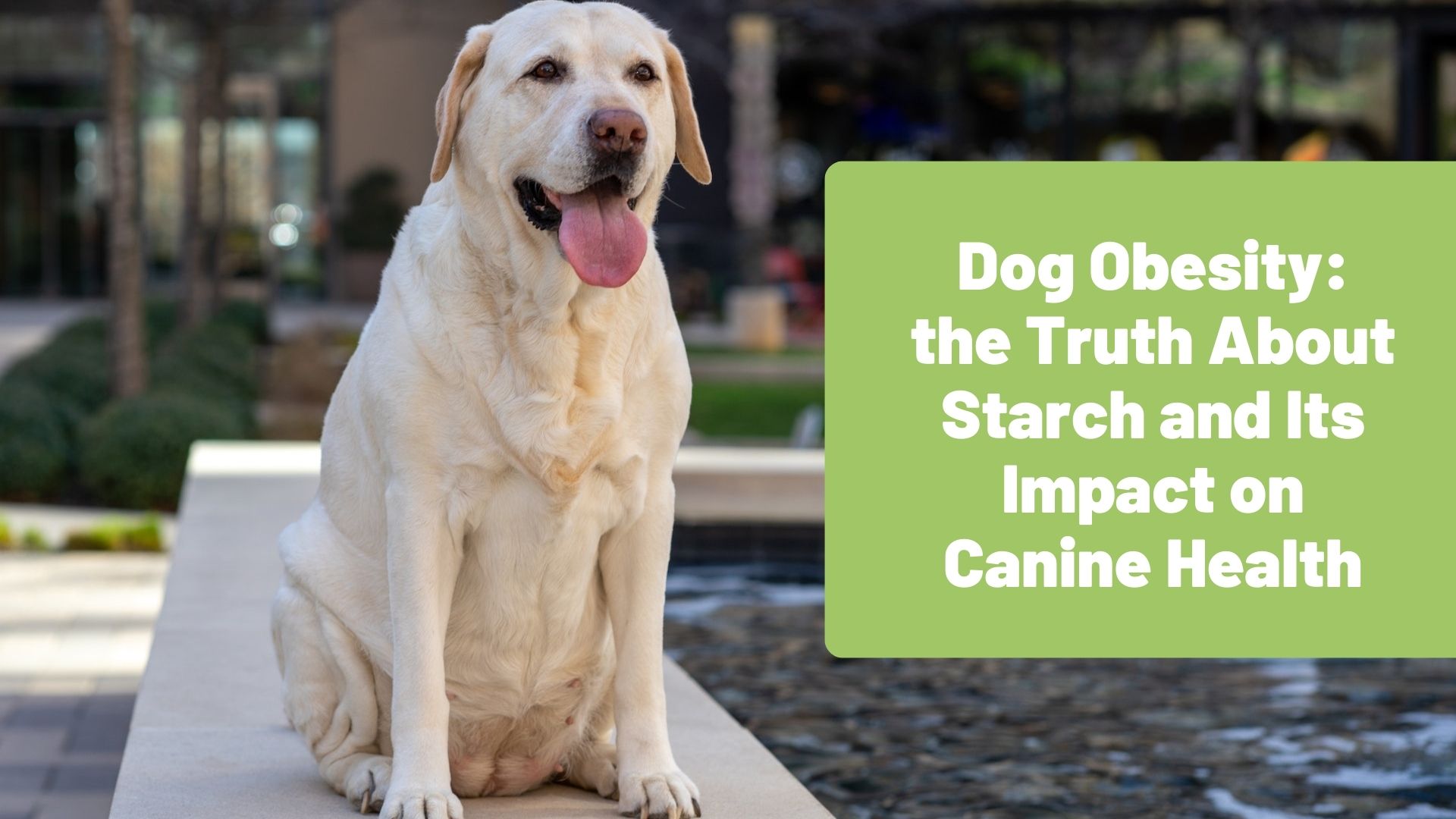Obesity is a significant health concern for dogs, leading to various health problems and reducing their quality of life.
While multiple factors contribute to canine obesity, the role of starch in commercial dog food has been a topic of debate. In this blog post, we will explore the truth about starch and its impact on canine health, shedding light on the relationship between starch consumption and dog obesity.
Understanding Starch in Dog Food
Starch is a carbohydrate commonly found in commercial dog food. It serves as an energy source and aids in the manufacturing process, providing kibble with its structure. Starch is derived from various sources, including grains (such as corn, wheat, and rice), legumes (such as peas and lentils), and potatoes.

The Link Between Starch and Dog Obesity
The main concern with starch in dog food is its potential contribution to weight gain and obesity. Starch is a concentrated source of calories, and excessive consumption can lead to weight gain if not balanced with appropriate exercise and portion control. High-starch diets may result in dogs consuming more calories than they burn, leading to weight gain over time.
Additionally, some dogs may have a limited ability to digest and utilize starch effectively. Unlike humans, dogs have a limited number of amylase enzymes in their saliva and pancreas, which are responsible for starch digestion. This limited enzymatic capacity can make it challenging for dogs to break down and absorb starch properly.
Choosing the Right Dog Food
When selecting dog food, it’s essential to consider the overall nutritional composition rather than focusing solely on starch content. Look for high-quality dog food that provides balanced nutrition, including appropriate levels of protein, healthy fats, and essential vitamins and minerals. Consider consulting with your veterinarian to determine the most suitable dog food for your pet’s specific needs.

Portion Control and Exercise
Regardless of the starch content in your dog’s diet, maintaining proper portion control and providing regular exercise are crucial for weight management. Monitor your dog’s calorie intake, adjust portion sizes as needed, and avoid excessive treats or table scraps. Engage your dog in regular physical activity, such as daily walks, play sessions, or interactive toys, to help burn calories and maintain a healthy weight.
Individual Factors and Considerations
It’s important to note that not all dogs will react the same way to starch. Some dogs may tolerate and process starch effectively without weight gain or other adverse effects. Each dog is unique, and factors such as breed, age, activity level, and overall health can influence their dietary requirements and response to different types of food.

Remember, responsible pet ownership includes being mindful of your dog’s nutritional needs and taking proactive steps to ensure their well-being. By considering the broader nutritional context, portion control, and exercise, you can effectively address dog obesity and promote a healthier lifestyle for your furry friend.
Consult with your veterinarian to develop a suitable feeding plan for your dog’s specific needs. Your vet can provide guidance on the appropriate diet and portion sizes, considering factors such as breed, age, and activity level. Regular check-ups will help monitor your dog’s weight and overall health.
If you have any further questions or concerns regarding this topic or any other pet-related issues, please feel free to reach out. I’m here to assist you and provide any information you may require.
Wishing you and your four-legged companion good health and happiness! Get updated knowledge on how to feed raw, discounts, coupons, and holistic rearing at www.RawOrigins.pet.

Ready to nourish your dog from the inside out?
Dive into the world of Raw Origins raw dog food. ORDER NOW!

